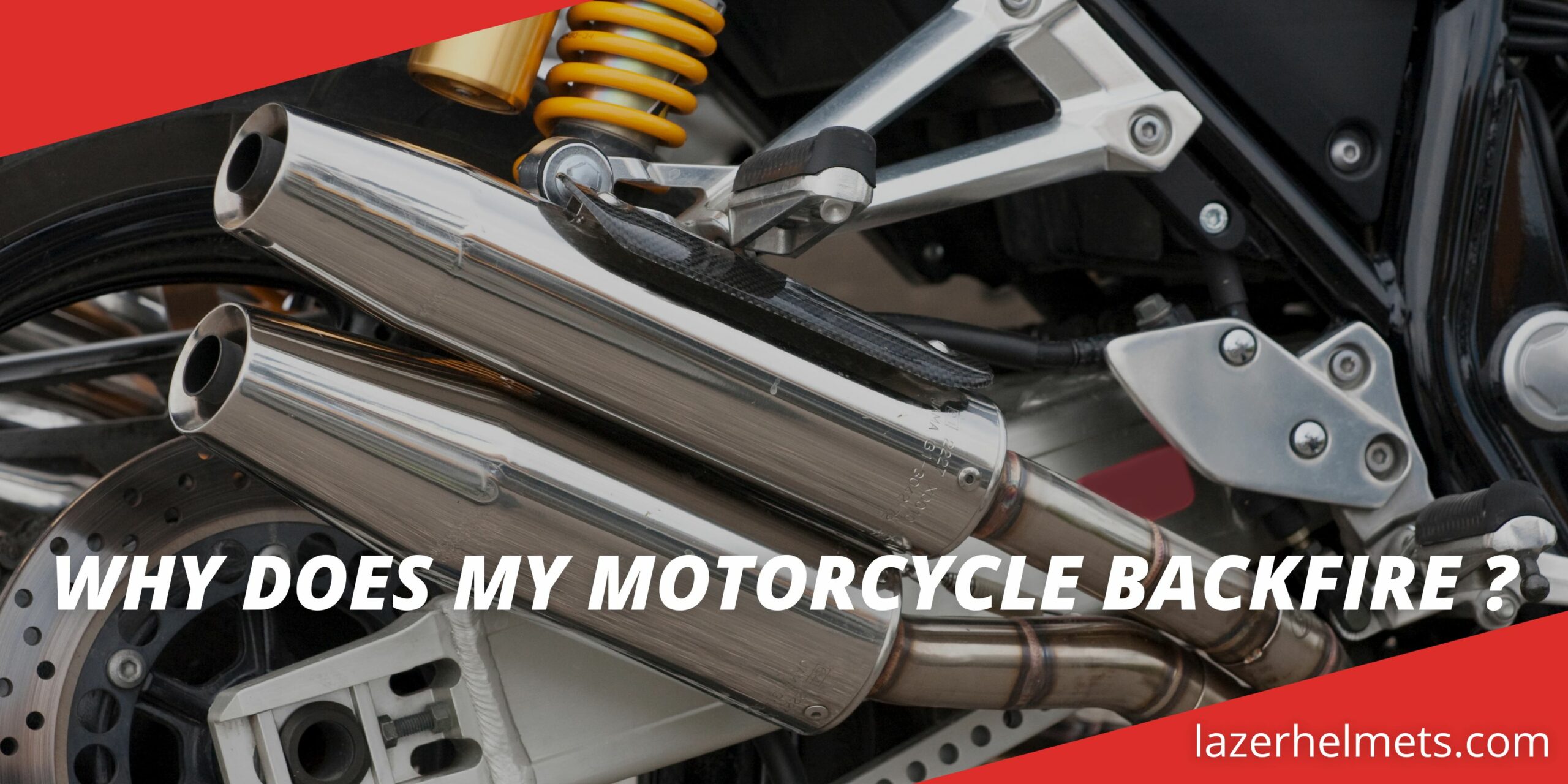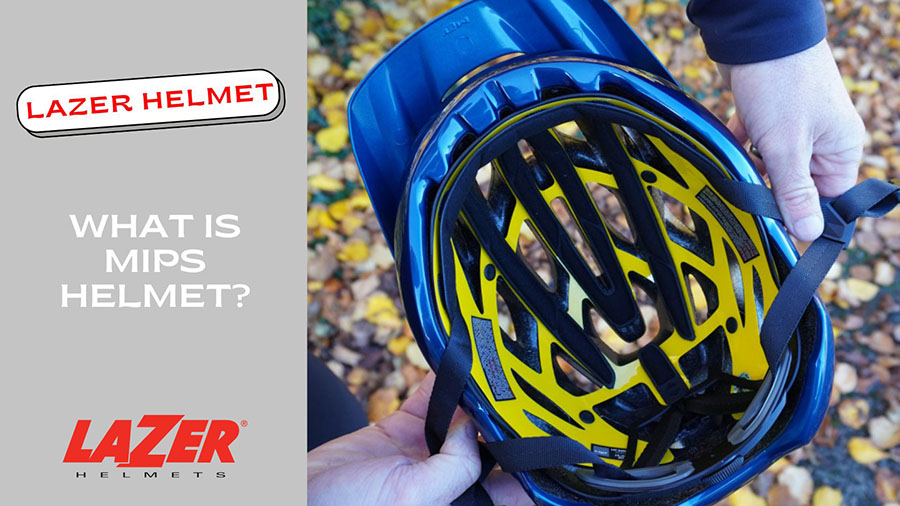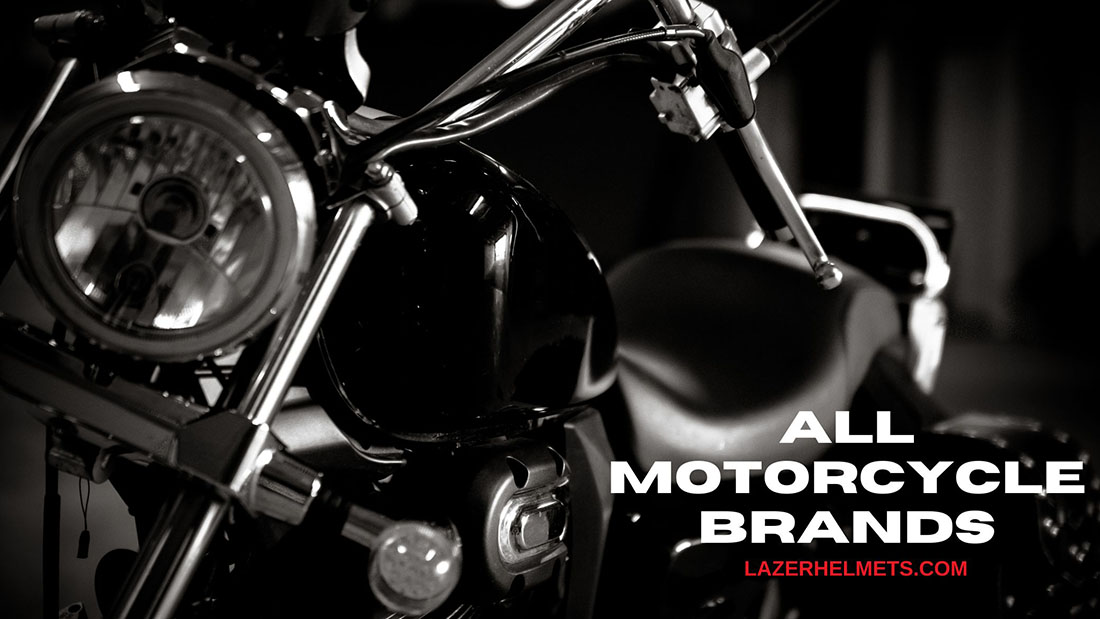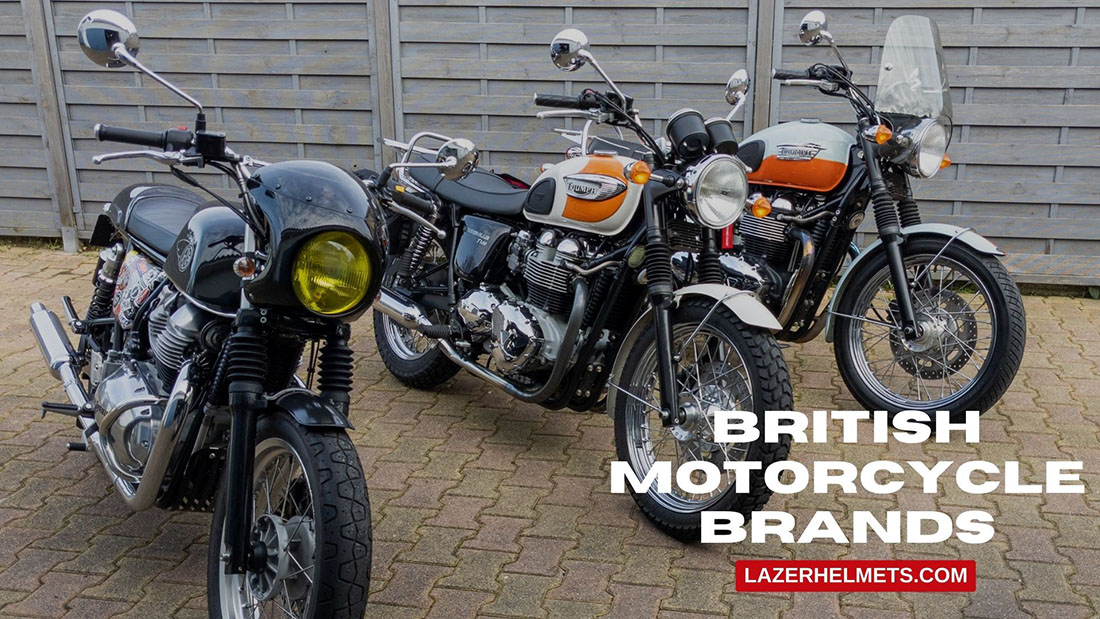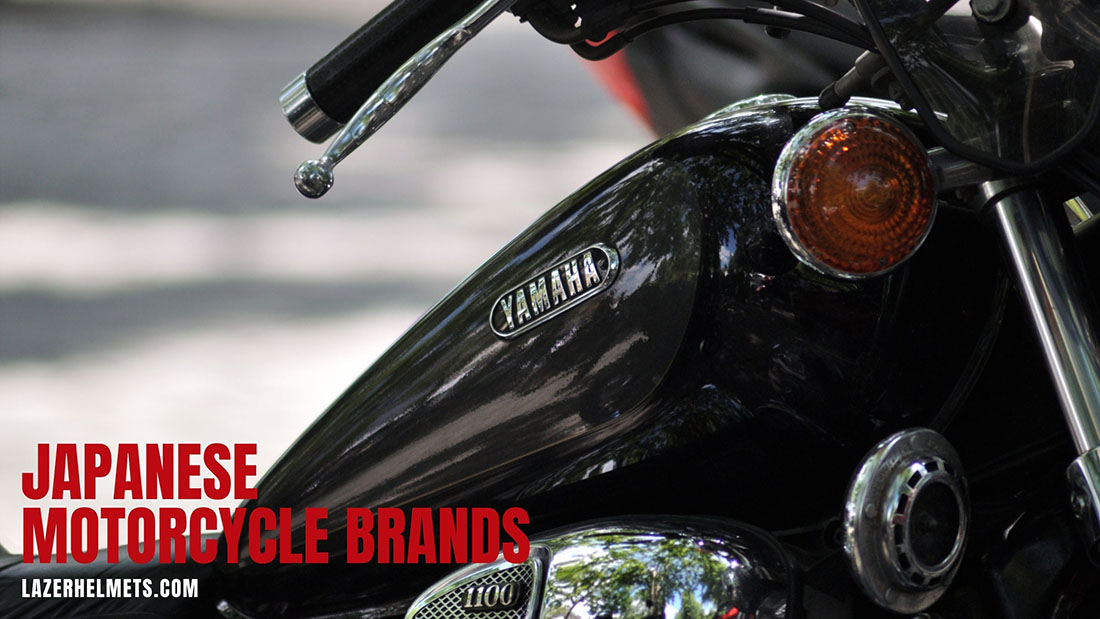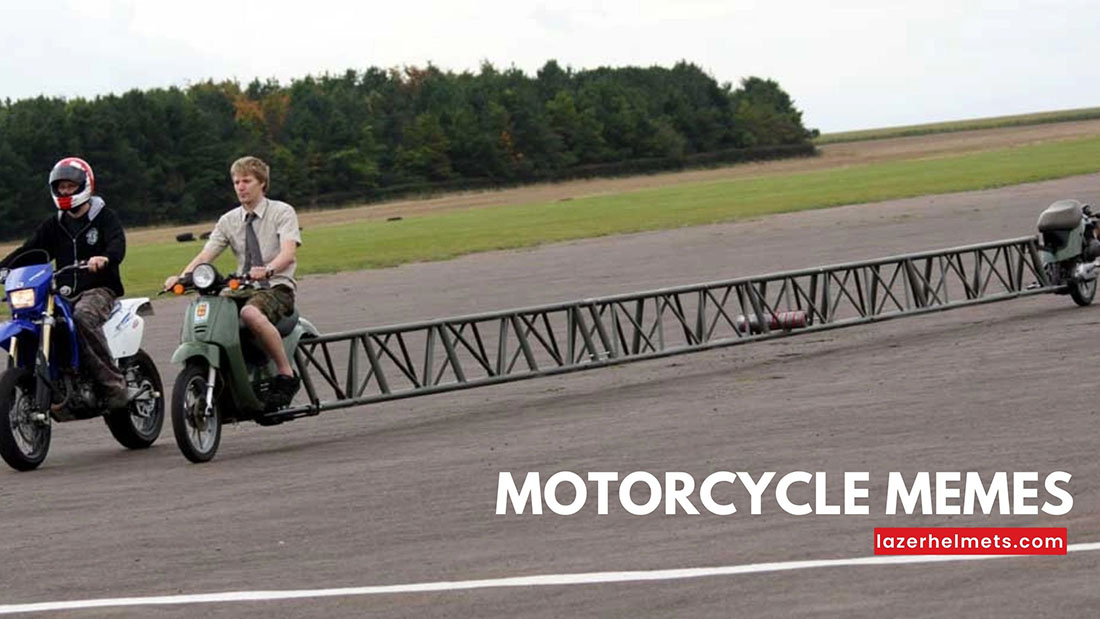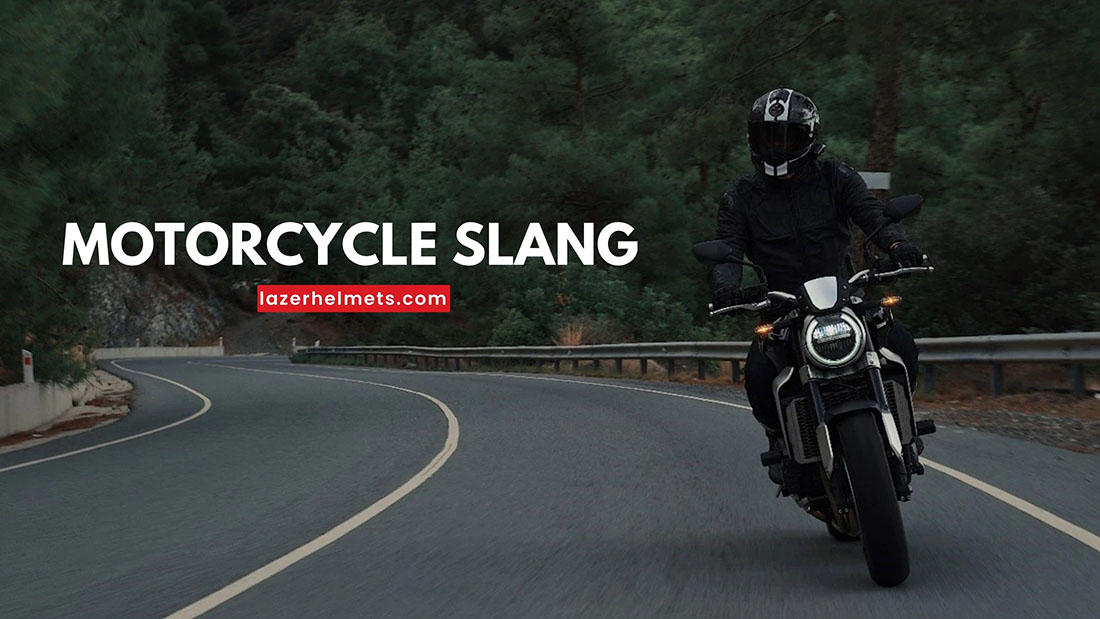Motorcycle backfires are not that rare; even higher-quality models encounter them after frequent usage. Yet, it seems most people are still at an utter loss about what causes backfire on a motorcycle and how to troubleshoot it – which prompts us to craft this insightful, beginner-friendly guide.
Keep scrolling to get down to the root of the problem.
Table of Contents
Are Backfires Normal for A Motorcycle?
Yes, to a degree. Backfires and motorcycles often go hand in hand, especially during hard slowing on compression or after you have released your hands off the throttle once speeding up.
The popping sounds they emit aren’t particularly louder or noisier than regular engine noises.
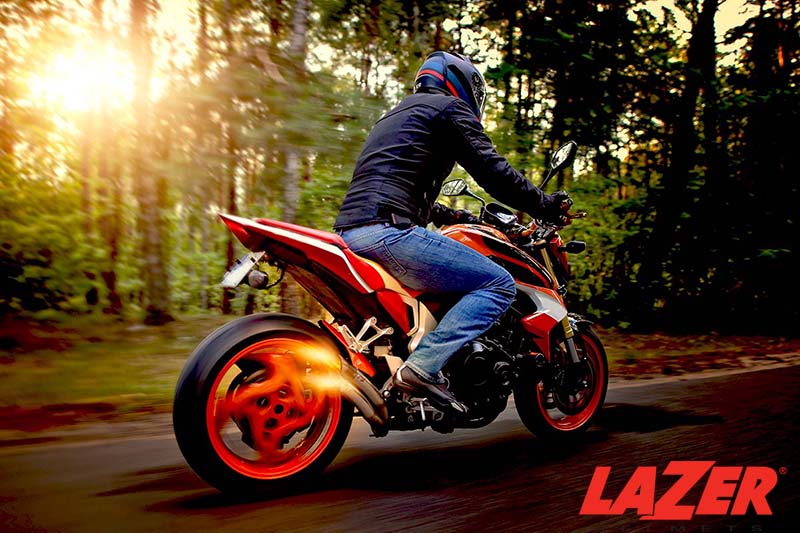
Even aftermarket, premium exhaust systems are no strangers to backfire noises; does yours have one big opening at one end and short pipes running towards another? It means this system has a high-flowing design literally tailored for backfire exhausts. Nothing to be worried about!
However, excessive, blaring noises that sound almost like fired guns at repeated frequencies are definitely abnormal. And have you detected actual mass-shooting flames from the exhaust?
That’s even worse! In those cases, loss of power and sputtering throttle response will be inevitable, signifying serious mechanical problems that demand an immediate diagnosis.
Why Is My Motorcycle Backfiring?
From our observation, these are the most common culprits:
1. Rich-Running Engine (Excessive Fuel)
In every motorcycle engine, the air and fuel must be combined under commended ratios within the chamber to achieve maximum and efficient combustion. Other critical compartments, such as spark timings and exhaust valves, also have a say in the ratio’s programming.
Hence, an unbalanced ratio (air lesser than fuel) hampers the entire combustion procedure.
Excess fuel is blown straight to the exhaust pipe upon its first contact with free and combustible oxygen, resulting in loud bangs known as backfires.
Brace yourself for reduced gas mileage and worse for the trip ahead!
Diagnosis:
Use a carburetor to check the bike’s spark plugs: darkened colors equate to rich engines, a telltale signal of dark soots that arrive from incomplete combustion.
2. Lean-Running Engine (Not Enough Fuel)
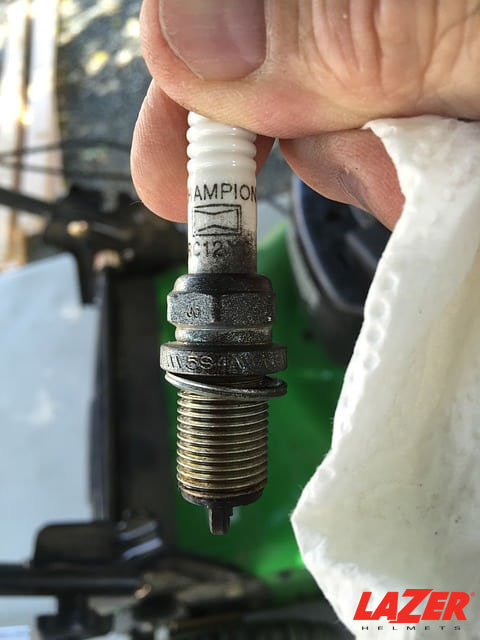
On the contrary, lean engines happen when your fuel is less than the prescribed ratio – the result of changing standard air filters into more free-flowing ones.
As excessive air invades the cylinder, the combustion process cannot be completed, pushing uncombusted fuel to get down to the exhaust and explode.
Lean runs are even more dangerous than rich engines, warranting immediate attention; indeed, if someone asks us to pick a lesser evil between the two, we would rather have the motorbike run rich.
The next time you install new air filters, double-check to confirm whether the motorbike needs extra rejet or ECU adjustments to boost the fuel intake in the cylinders.
Diagnosis:
Again, use the carburetor to check your spark plugs. Whitish and pure colors imply a lean-running bike.
3. Loose Exhaust Pipes and Headers
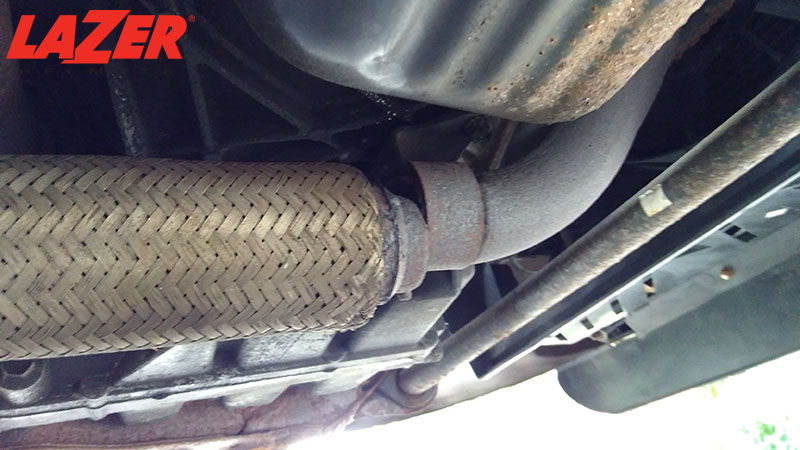
The header – a critical piece in any exhaust pipe – links the engine case and exhaust system. Air leaks from the manifold that connects this header will manifest disturbing and loud notes.
While these noises are annoying, no, we haven’t reached the state of backfire yet; the disaster only starts when the outside air is sucked into this header due to the leaks, triggering O2 sensors to detect more O2 than usual.
Once receiving this (wrong) data, the ECU strives to fix the “lean” issue by injecting more fuel. It turns a completely well-functioning engine into rich-running!
Diagnosis: Refer to the tip above for rich engines.
4. Ill-fitted Aftermarket Exhaust
A stock exhaust has always been calculated meticulously: from the cavity girth and elevation angle to the baffle provisions, all are well-designed for optimal performance.
One cannot just throw the device out to replace it with an aftermarket version. ECU remappings or carb rejetting are a must to ensure this new installment settles in!
Failure to perform these extra upgrades will cause an engine to run lean (for longer pipes than average) or rich (if shorter exhaust pipes are used).
Troubleshooting:
Only use approved aftermarket exhausts. Rejet and remap the bike following instructions.
5. Intermittent Spark
No air-fuel mixture can ignite successfully without well-operating spark plugs. Their firing sequence and timing must be 100% precise to dig out most of the machine’s potential.
So what happens if one faulty plug fails to fire on time (or doesn’t even fire at all?) Two possible scenarios ensue:
- Power loss due to unburnt fuel
- Lackluster throttle response that triggers an intermittent spark
In both scenarios, the fuel escapes your engine immediately upon valve openers, combusting in the pipe instead. Here is where the backfires originate from!
Troubleshooting:
Ask yourself whether you already have the spark plugs inspected and checked. When is the due date for their upgrades?
6. Bad Fuel Pumps
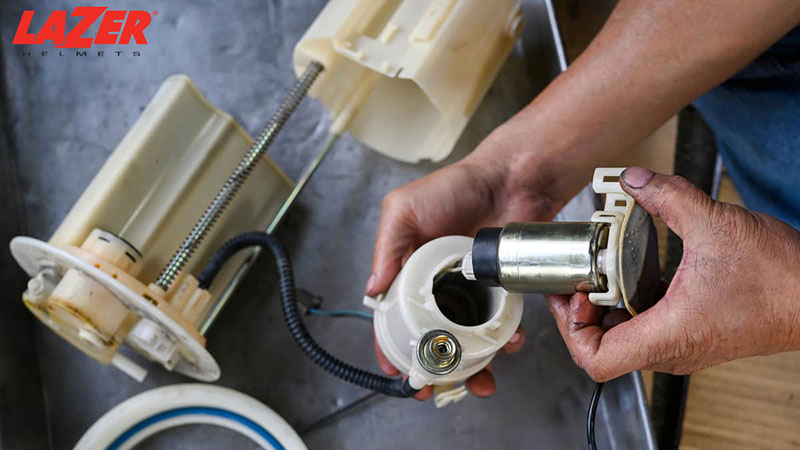
The all-time cause of problematic engines! They might either:
- Supply excessive fuel that causes rich issues, directing these fuels into the bike exhaust.
or
- Drain the cylinder of its required fuel, which leads to lean conditions.
In both cases, the ultimate consequence is a backfire.
Even fuel pumps that work intermittently cause power loss – a symptom that most riders notice upon throttle rolls as their bikes do not pull as strongly as expected.
Troubleshooting:
It’s important to have the pumps checked and serviced regularly. Ask the technician to investigate your fuel injectors, too: their malfunctions might have altered the engine ratio.
Do not put off these inspections for too long. Address the problem right away if you hate expensive repairs.
7. Airbox Leaks
A leaking airbox is another potential culprit one should not skim over. The consequences are explanatory: too much airflow and too little fuel, causing lean engines.
Troubleshooting:
Ensure the airbox rubber package is still in great condition. Tighten the clamping screws between the box’ two halves, and confirm that no cracks are at play.
Also, have the airbox opened and checked by mechanics at least twice per year.
8. Bad Fuel Filters
Have you ever wondered why no fuel impurity could infiltrate the cylinders? That’s right; the bike’s fuel filters have shouldered all the hard work.
Not replacing those filters in time will make them clogged up, disrupting fuel flow. (And no, only cleaning them is not an option, especially for modern bikes. You have to buy new filters!). As a result, it leads to:
- Lean fuel-air mixture situation
- Exhaust backfires
- Rough idle
- Stalled vehicles
Troubleshooting:
What else is there other than replacing those fuel filters? Note down the due date for changes so you don’t forget it.
9. Other Reasons
- Incorrect Standard Jetting: Determine whether the engine has been running lean or rich, then jet your bike accordingly.
- Poor Quality of Fuel: Have you been using standard grades? Step up your game to fuel with higher octane. Fill the system with high-quality fuel every once in a while to cleanse it.
- Issues with Electronic Timing: As briefly mentioned above, wrong firing timings are the perfect formula for backfires. Check whether any valve or cylinder is broken.
How Much Does It Cost to Fix Motorbike Backfires?
$150 to $1200 – depending on your specific issue and how long it has been undetected. The sooner you troubleshoot it, the better!
That’s why we cannot stress enough the importance of frequent services and maintenance.
What If The Motorbike Backfires Only When Decelerating?
Though most major reasons are still the same as common backfires, you can cross out a few irrelevant possibilities. In most cases, the reasons behind motorcycle backfire deceleration are:
- Revved engine, which drains the fuel of its combustion chamber.
- Leaky exhaust port that contacts and ignites unburned fuel
- Low compression that leads to an inconsistent burning rate for the fuel. As a result, your air/fuel mixture will escape the chambers while still being burnt.
Have experts confirm and fix these issues right when you can.
What If The Motorbike Backfires Only When Accelerating?
For a motorcycle popping on acceleration, be mindful of these possible causes:
- Leaky intake system that gives room for too much airflow
- Wiring connections in the igniting system, which destroy the combustion box and even change the engine timing
- Problematic or dirty carburetor – a common issue when there is too much compression
- Faulty valve springs (a direct consequence of malfunctioning carburetors). The pumps fail to operate as they should, producing loud backfire noises.
Conclusion
Why do motorcycles backfire? All common reasons have been extensively explored in our guide, leaving no room for confusion.
Still, if you want more clarifications on certain points, remember that our inbox and comment section are always open! You can also contact the motorcycle manufacturer itself.

